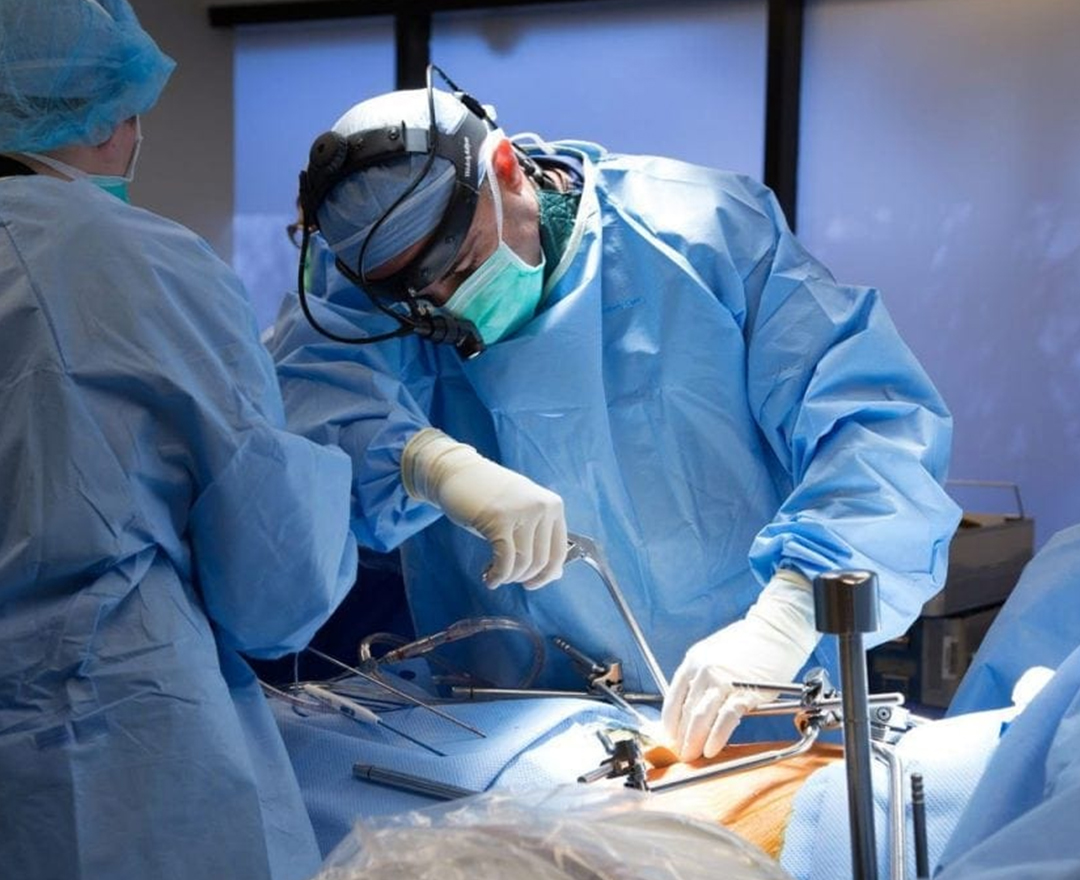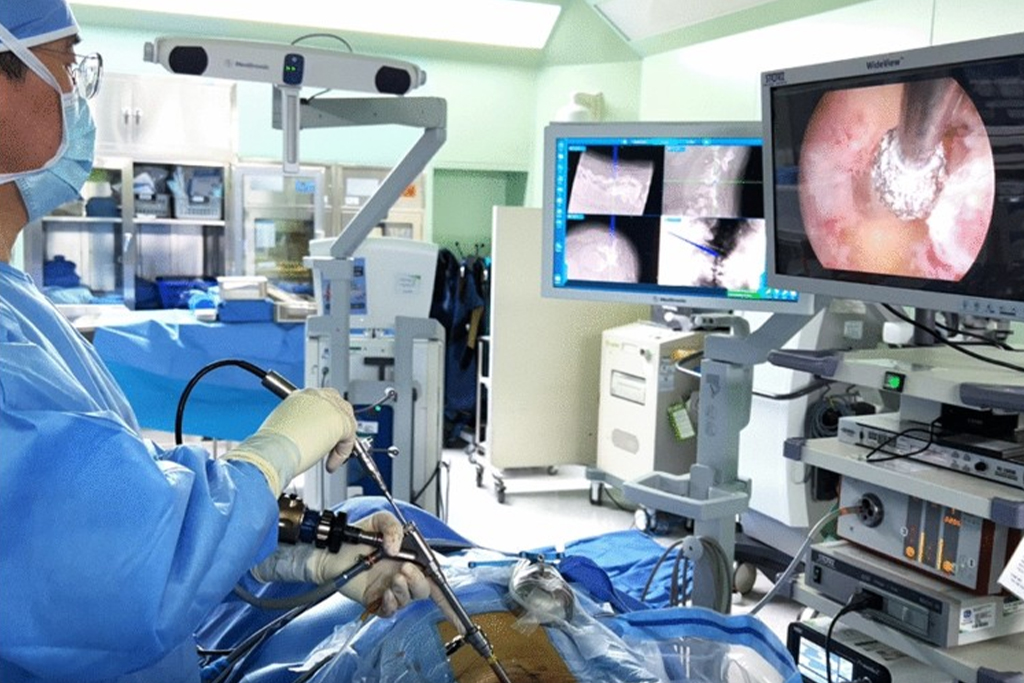Key Principles of UBE
- Two portals :
UBE utilizes two small incisions - one for the endoscope (viewing portal) and
another for surgical instruments (working portal). This allows for independent
control and maneuverability of the endoscope and instruments within the surgical
field.
- 2nd Generation :
The technique expanded to include lumbar laminotomy, paraspinal approaches, and
contralateral decompression procedures, broadening its application for various
lumbar spinal pathologies.
- 3rd Generation :
UBE advanced to enable lumbar interbody fusion procedures, offering a minimally
invasive alternative to open fusion techniques with similar clinical outcomes.
- 4th Generation (Conceptual) :
The concept of a fourth generation UBE envisions the integration of advanced
technologies like robotics, neuro-navigation, and augmented reality to further
enhance efficiency and precision in UBE procedures.
- Minimally invasive :
By using smaller incisions and minimizing muscle disruption, UBE reduces tissue
damage, blood loss, and the risk of complications associated with traditional open
surgery.
- Enhanced visualization :
The endoscope provides a high-definition, magnified view of the surgical area,
enabling surgeons to perform precise and delicate procedures with greater accuracy.
- Faster recovery :
Reduced invasiveness translates to less postoperative pain, shorter hospital stays,
and quicker recovery times, allowing patients to return to their normal activities
sooner.
Advantages of UBE
- Reduced tissue damage : Smaller incisions and less
disruption of muscle and surrounding tissues.
- Minimal blood loss : The minimally invasive nature of
the procedure leads to less bleeding.
- Shorter hospital stay : Patients can often be
discharged the same day or within a few days after the surgery.
- Faster recovery time : Reduced pain and minimal
invasiveness enable quicker rehabilitation and return to daily activities.
- Lower risk of complications :
Minimized surgical trauma may lead to a lower incidence of complications such as
infection.
- Patient can do all his /her work immediately like climbing stairs , riding 2 wheeler
, rountine daily work
Conclusion
UBE represents a significant advancement in minimally invasive spinal surgery, offering
advantages such as reduced tissue damage, faster recovery, and lower complication rates
compared to traditional open techniques. However, surgeons must undergo specialized
training due to the technique's learning curve, and the potential for complications
should be acknowledged. Ongoing research and the integration of technologies like
robotics and augmented reality are expected to further improve and broaden the
applications of UBE.



